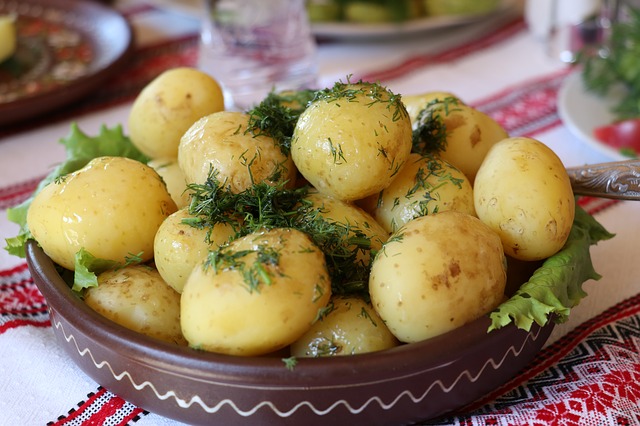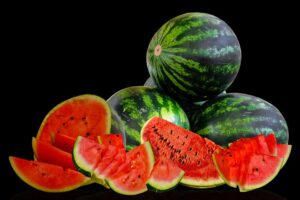Introduction
When it comes to maintaining a healthy diet, salads are often a go-to choice for many people. Packed with fresh vegetables, fruits, and sometimes even proteins, salads offer a nutritious and satisfying meal option. However, if you’re wondering how much protein is in a salad, the answer can vary depending on the ingredients you choose to include. In this article, we will dive deeper into the topic and explore the protein content of different types of salads.
Protein in Salad Ingredients
The protein content of a salad largely depends on the ingredients used. Here are some common salad ingredients and their protein content:
Leafy Greens: Leafy greens like spinach, kale, and lettuce are low in protein compared to other ingredients. On average, they contain about 1-2 grams of protein per cup.
Vegetables: Vegetables such as tomatoes, cucumbers, bell peppers, and carrots are generally low in protein. They typically contain less than 1 gram of protein per cup.
Legumes: Adding legumes like chickpeas, black beans, or lentils to your salad can significantly increase its protein content. Legumes are an excellent plant-based protein source, with around 15-20 grams of protein per cup.
Grains: If you include grains like quinoa, brown rice, or farro in your salad, you’ll also boost its protein content. Grains typically contain around 6-8 grams of protein per cooked cup.
Nuts and Seeds: Adding nuts and seeds like almonds, walnuts, sunflower seeds, or chia seeds to your salad can provide additional protein. Nuts and seeds contain about 5-7 grams of protein per ounce.
Protein Sources: Some salads include protein sources like grilled chicken, salmon, tofu, or hard-boiled eggs. The protein content of these ingredients can vary, but on average, they provide around 20-30 grams of protein per serving.
Calculating Protein Content
To determine the protein content of your salad, you can add up the protein amounts of each ingredient used. Keep in mind that the quantities used and the specific brands or varieties of ingredients can affect the final protein count. It’s always a good idea to check the nutrition labels or use reliable sources to get accurate information.
Conclusion
The protein content of a salad can vary depending on the ingredients you choose to include. Leafy greens and most vegetables have relatively low protein content, while legumes, grains, nuts, seeds, and protein sources like chicken or tofu can significantly increase the protein content. By selecting a combination of these ingredients, you can create a salad with a higher protein content to meet your dietary needs.
References
– Mayo Clinic: mayoclinic.org
– United States Department of Agriculture (USDA): usda.gov
– Healthline: healthline.com
– MyFitnessPal: myfitnesspal.com












